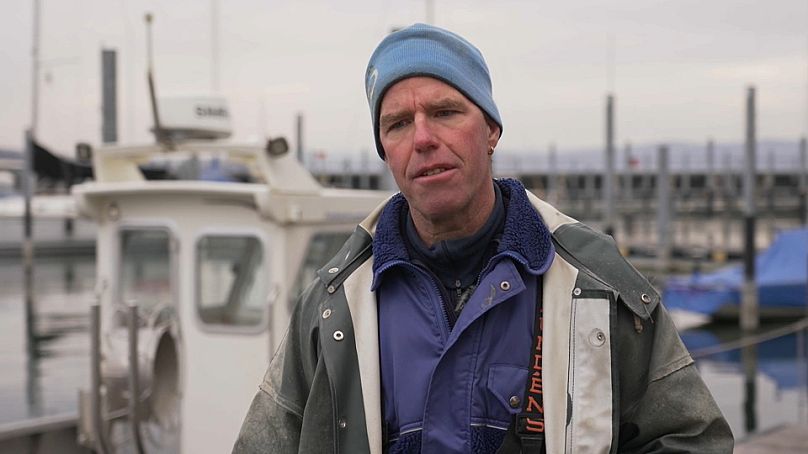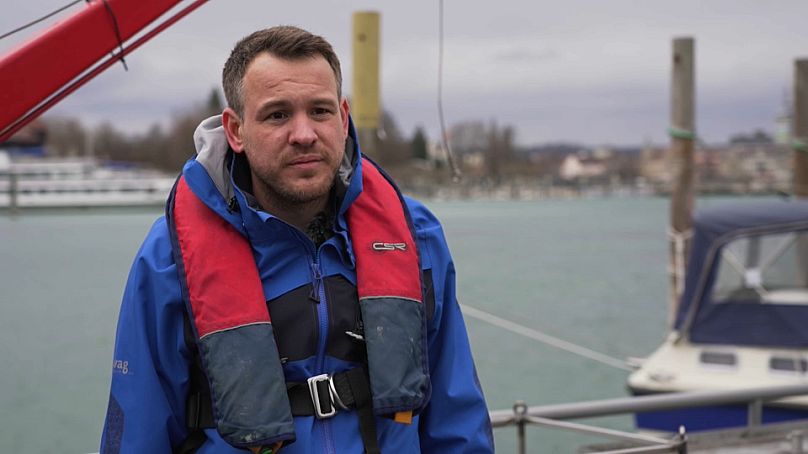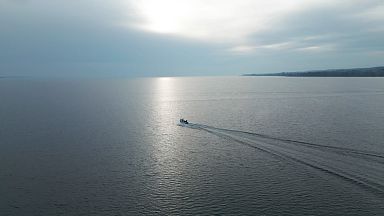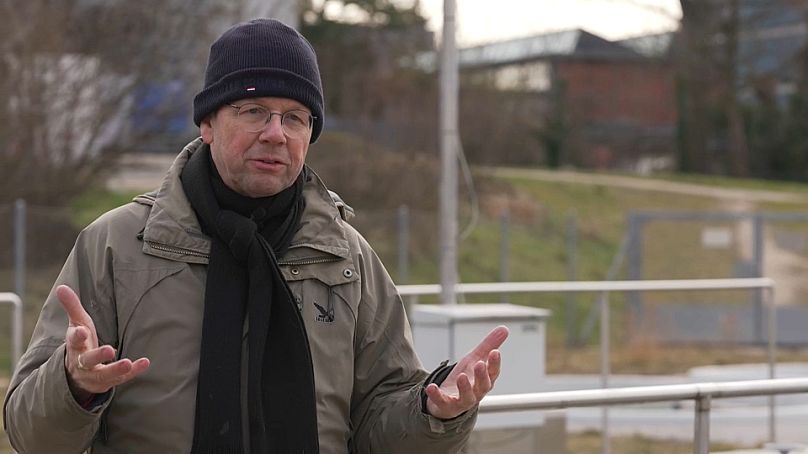Local edible fish populations in Lake Constance are dwindling as other invasive species have taken over the waters. Now local fisheries are fearing for their livelihoods.
Fishermen in Lake Constance, Europe's third-largest lake which borders Germany, Switzerland, and Austria, are becoming increasingly concerned that the dwindling populations of edible fish are threatening their livelihoods.
Researchers report that local species of fish are being deprived of food because other invasive species, such as three-spined sticklebacks, quagga mussels, killer shrimps, and water fleas, have taken over the waters.
The President of the Swiss Professional Fishermen's Association, Reto Leuch, has been fishing in Lake Constance for 30 years. He told Euronews that more and more of the lake's fisheries are having to close.
"The biggest problem with invasive species, new species, is that they compete directly with local species for food. It is frightening. You can't live on fishing anymore. You can't support a family with such a small catch," he explained.
How harmful are these invasive species?
Lake Constance is being studied by scientists from Germany, Austria and Switzerland. At the Eawag research institute near Zurich, they measure the populations of invasive species and cross-check data to understand their impact on the ecosystem.
The total budget of this project is €5.66 million with €2.24 million of support from the European Cohesion Policy. Seven research institutes from the three countries bordering the lake are participating in the project, according to SeeWandel research institute in Dübendorf, Switzerland.
Researchers have counted 37 species of invasive animals and plants. The quagga mussel is one such species and is native to Ukraine.
"We believe that it arrived via cargo ships, via the Rhine-Danube Canal," explained Silvan Rossbacher, a researcher at Eawag research institute.
"In the most infested regions of this lake, we have about 30,000 mussels per square meter and that is quite a lot. Today we took a sample from the bottom of the lake. We collected mussels, took them to the laboratory and measured and counted them"
What is the solution?
These invasive species reproduce very quickly. This is the case with the sticklebacks, which now account for 90% of the fish in the lake.
"For Lake Constance, it's now too late," revealed researcher and project manager at SeeWandel, Piet Spaak.
"The measurements were taken too late. And everybody can help there. Everybody who goes to Lake Constance, [with] their boat [and] with their inflatable paddle, they should clean it. When they take it out, they should be sure that they do not transport quagga mussels or quagga mussel larvae from one lake to another."
Despite the harmful effects on the lake's local fish population, the invasive species filter the lake’s water, making it clear and of high quality.
With a total area of 536 km2, Lake Constance is a drinking water reservoir and one of the most important tourist spots in Central Europe.















